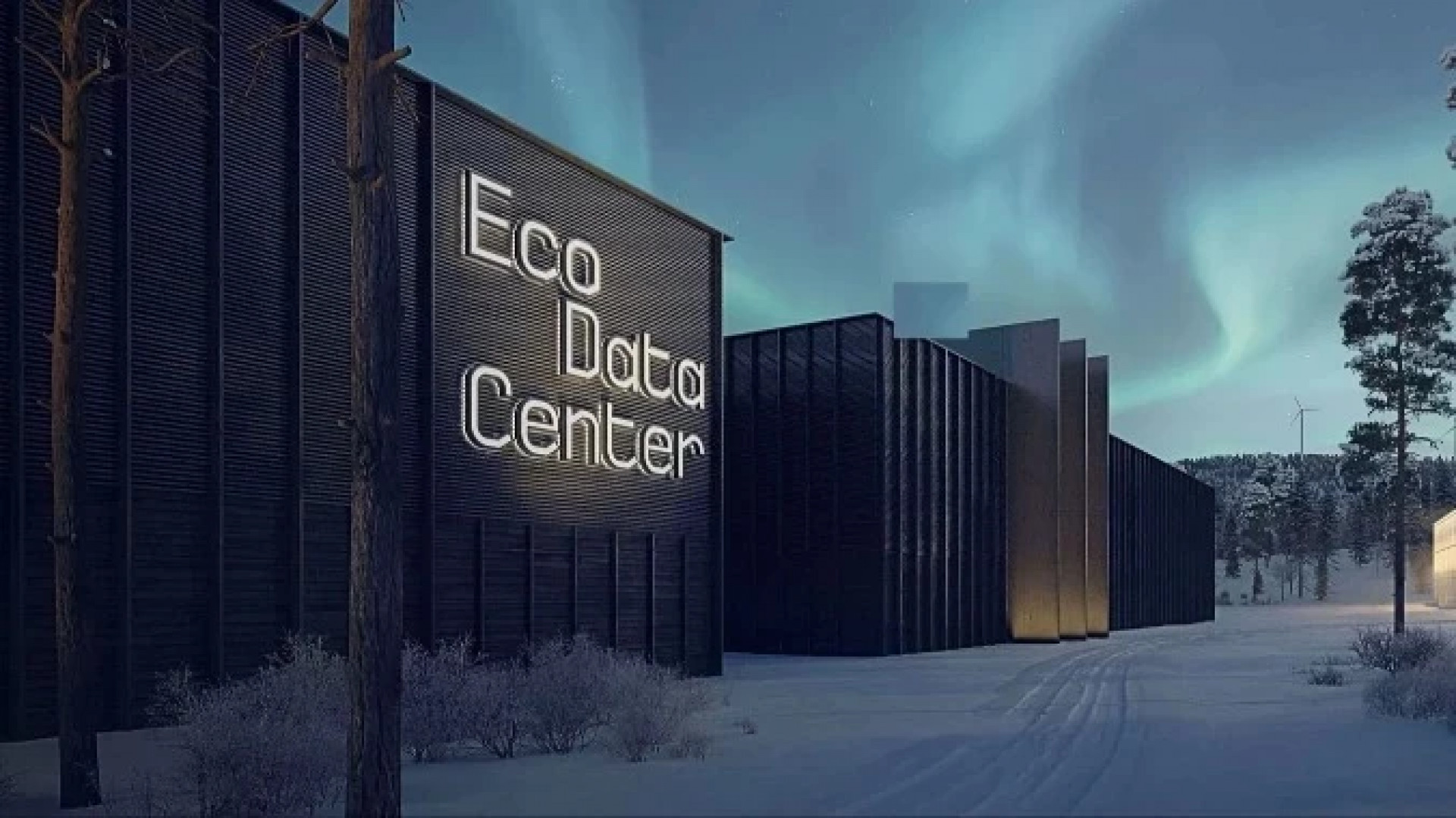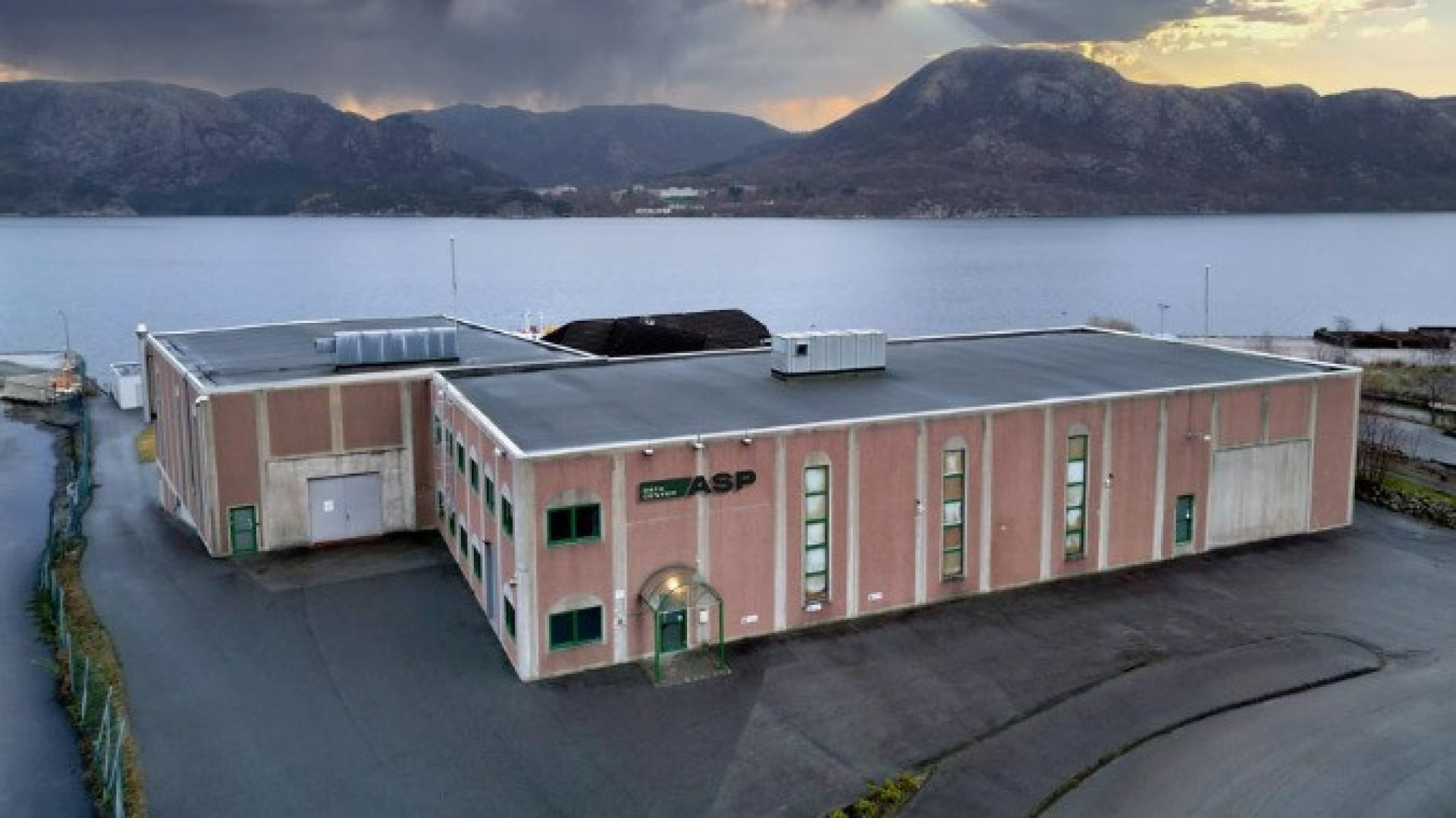Municipalities – as the main entities responsible for local resource management – currently often lack the power and/or determination to plan spatial and energy aspects cohesively. Consequently, municipalities encounter resource management issues when planning for data center locations.
The article Planning data center locations in Swedish municipalities. A comparative case study of Luleå and Stockholm was published in the last edition of Cities. The International Journal of Urban Policy and Planning.
'This research aims to support urban planners, municipal energy companies, politicians, and other relevant decision-makers, in developing municipal energy and spatial systems that account for data centers' resource demand as well as using their resources produced in the form of excess heat for the community's benefit. This study compares energy and spatial aspects in relevant data center locations in Stockholm and Luleå municipalities from an urban planning perspective. The results suggest that municipalities' energy and spatial systems can increase their adaptive capacity towards data center establishment by considering certain resource planning determinants: electricity and water infrastructure availability, heat producers and users' diversity, land use diversity, and property fragmentation.'
Highlights of the study
• Luleå and Stockholm municipalities approach planning data center locations in diverse ways, partly due to their climate or energy availability differences, which influence local resource planning and management.
• Stockholm municipality has a higher adaptive capacity than Luleå municipality, being able to adapt its energy and spatial system to integrate the data center industry and taking the opportunity to build resiliency, by using the data centers’ excess heat for the local community.
• An increased collaboration between diverse interest groups could allow a more cohesive spatial and energy planning.
• This cohesive planning might set the critical conditions (electricity and water infrastructure availability, heat producers and users’ diversity, land use diversity, property fragmentation) to facilitate a more effective integration of such resource-intensive industries within a municipality.
The article can be purchased here.














